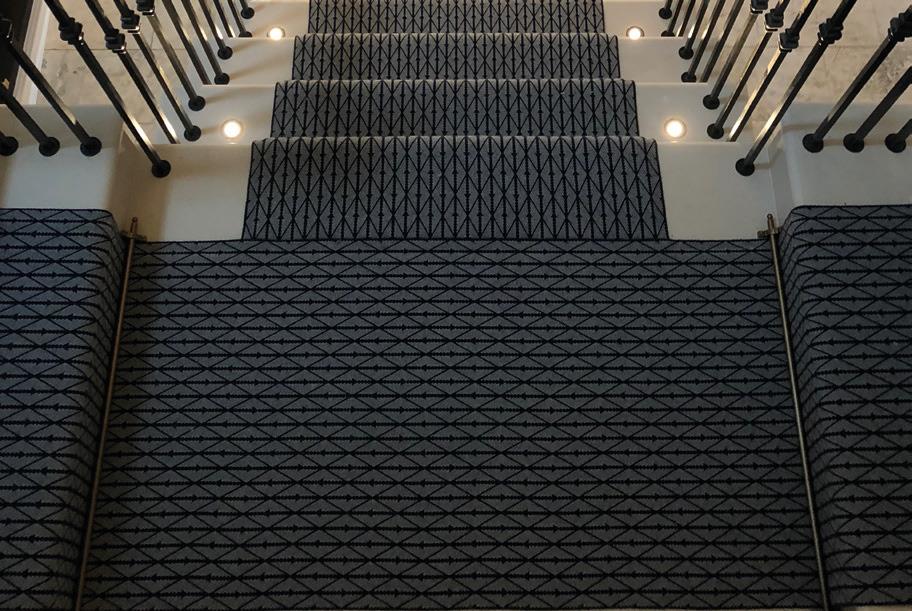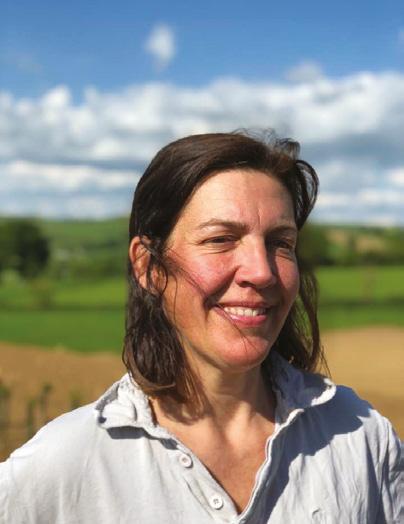
2 minute read
DORSET’S EXOTIC MARINE WILDLIFE
Julie Hatcher, Marine Awareness Officer
Scuba divers and television crews often travel to exotic locations to see, photograph and film marine wildlife. For that reason, Dorset residents may be more familiar with sea creatures that live on tropical coral reefs than they are with the animals swimming right here on our coastal doorstep. Yet surprises are in store for anyone who thinks UK marine life is dull. Here are just a few of the colourful marine fauna that call Dorset home.
Advertisement
Anemone shrimp, Periclimenes sagittifer
Mostly hidden within the serpentine tentacles of the snakelocks anemone lives the striking anemone shrimp with its vibrant blue bands and pink chevrons. This small shrimp, measuring a mere 30mm in length, was first recorded on mainland Britain at Swanage in 2007 and has since become a familiar resident in Dorset’s shallow coastal waters. Warming seas have enabled it to extend its range northwards across The Channel.
Nudibranch, Edmundsella pedata
Nudibranchs are a group of sea slugs that use colour for either camouflage or to warn off predators. They often sport vivid shades, like Edmundsella pedata, in its bright purple garb. Other nudibranchs might be orange, yellow, blue or a combination of colours. Despite its exotic appearance, Edmundsella can be difficult to spot because of its tiny size. Look for it beneath rocks on seashores, although you may need a magnifier to find it!
Devonshire cup coral, Caryophyllia smithii
Did you know we have corals in Dorset? Solitary cup corals belong to the same family as tropical reef-building corals, producing a hard, stony cup in which the soft animal lives. The Devonshire > cup coral is not restricted to Devon and is often seen by scuba divers in Dorset waters, appearing like little jewels attached to seabed rocks and shipwrecks. The anemone-like animal occurs in a variety of colours from orange to yellow and lime green, each transparent tentacle having a small white blob on the end. When not feeding, it can retract inside its calcified cup.
Ross coral, Pentapora foliacea
The ross coral gets its misleading name because it looks like a hard, domed coral found on tropical reefs. However it is not related to corals and is, in fact, a type of colonial bryozoan, sometimes called the potato crisp bryozoan. These slow-growing colonies make an impressive display on tide-swept seabeds in the slightly deeper water accessible to scuba divers. Bright orange in colour, hard in structure and with a wavy, sculptured appearance, these animals are very vulnerable to damage.
• Warming global temperatures are affecting the distribution of many animal species with some more southerly species, like the anemone shrimp, extending northwards.
• Slow-growing colonial animals like the ross coral are vulnerable to damage by heavy fishing gear, cables/pipelines and structures built on the seabed.
• The Wildlife Trusts are calling for at least 30% of our land and sea to be connected and protected for nature’s recovery by 2030. dorsetwildlifetrust.org.uk/30by30 dorsetwildlifetrust.org.uk









